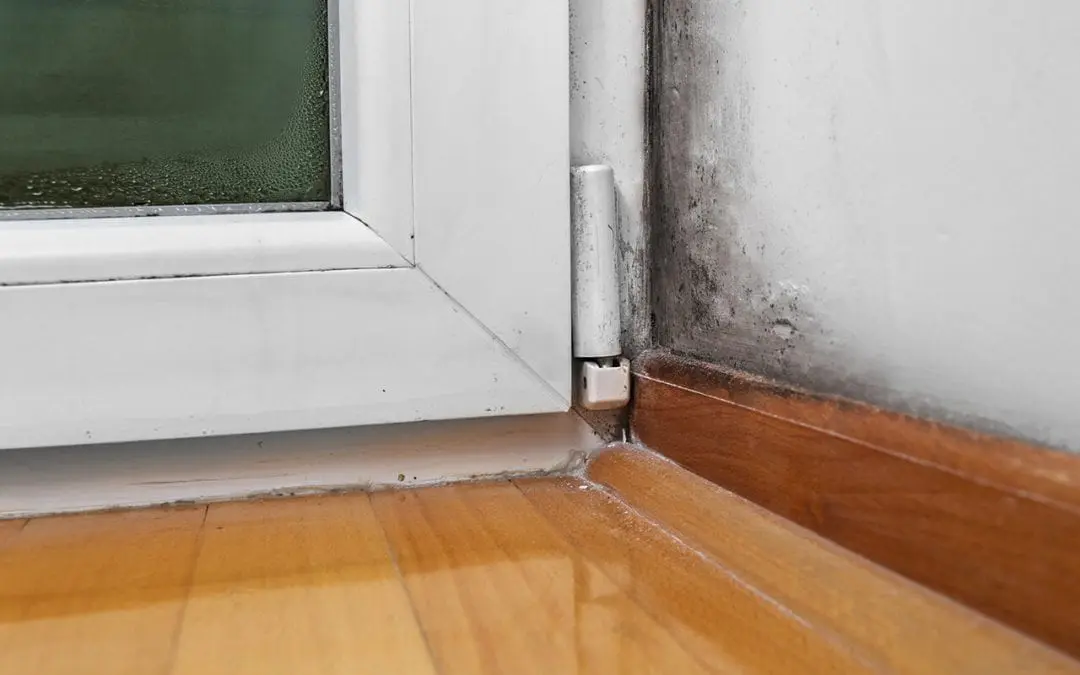Mold can grow in your home almost anywhere–in carpet and upholstery, in the shower, behind drywall, and around leaky pipes. Once it begins to spread, it can be difficult to eradicate. Not only is it costly to remove, but it can harm your health and your home. It is essential that you take these steps to prevent mold growth in your home.
1. Identify Problem Areas and Correct Them
It is nearly impossible to mold-proof your home, but you can make it mold resistant. Do a thorough investigation of your home and determine the problem areas. The basement, bathroom, and attic are common areas for mold to grow. Address mold as soon as you find it, no matter how large or small, and deal with the source of the issue.
2. Prevent Mold Growth In Your Home By Drying Wet Areas Immediately
Mold doesn’t grow without moisture, so it’s important to dry out wet areas in your home immediately. All seepage into your basement, condensation on windows, and even minor spills should be cleaned up quickly and thoroughly dried.
Wet clothing left in a washing machine is another culprit; mold can grow and spread quickly on damp fabric. By paying attention to moisture in your home, you’ll create an environment that discourages mold growth.
3. Keep Your Home Ventilated
An activity as simple as cooking dinner, taking a shower, or doing laundry can contribute to the buildup of mold if your living spaces are not well ventilated. All appliances that produce moisture need to be vented outside your home. If you don’t have ventilation fans installed in the kitchens, bathrooms, and laundry room, consider installing them.
4. Use Mold Resistant Products
If you are building a new home or making improvements to your existing home, use mold resistant products like drywall and paint that contain mold inhibitors. Using the right materials in construction might cost more upfront, but it will save you on repairs later and will protect your health and home.
5. Direct Water Away From Your Home
If the yard around your home is not properly graded, water may be flowing right into your basement or crawlspace. Inspect the area around your home and your foundation for areas where water can enter and cause mold growth. Address all issues promptly, and if necessary install a moisture barrier close to your foundation to decrease the risk of seepage.
6. Improve Airflow In Your Home
If your home is humid, the excess moisture in the air will show up on walls, windows, and other areas. Over time, this can contribute to mold growth. Increase airflow and circulation by opening doors and windows regularly, moving furniture out of corners and away from walls, and running fans for additional airflow.
You can also invest in dehumidifiers for specific rooms or a whole house dehumidifier that connects to your HVAC system. The better the air circulates through your house, the more likely it is that you will prevent mold growth in your home.
TUFF Home Inspections provides mold inspections and other home inspection services to New Jersey. Contact us to make an appointment.

